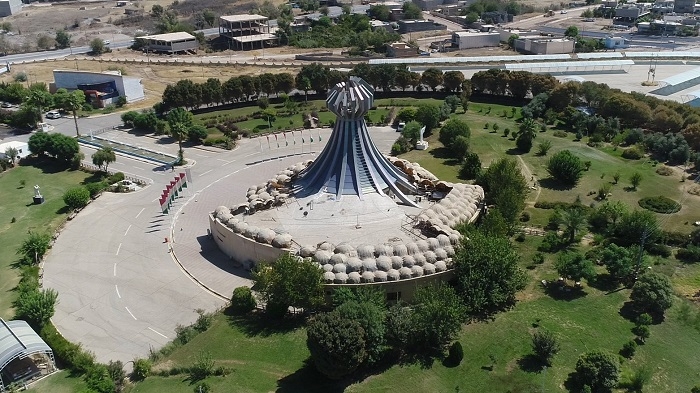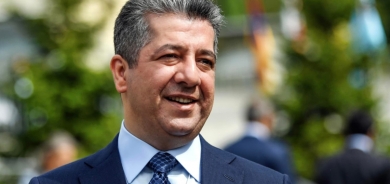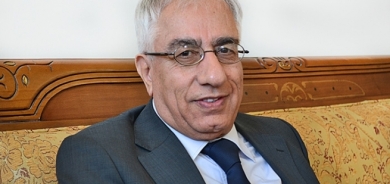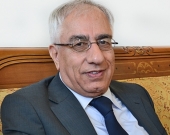Unveiling the Halabja Horror: A Deep Dive into the Tragic Chemical Attack and Its Lasting Legacy

The Halabja chemical attack stands as one of the most horrific instances of chemical warfare against civilians in modern history. Occurring on March 16, 1988, during the Iran–Iraq War, the attack resulted in the deaths of thousands and left tens of thousands injured, with enduring consequences for the survivors and the region. This report delves into the circumstances surrounding the attack, its immediate aftermath, the international response, legal ramifications, and ongoing repercussions for the affected population.
هەڵەبجە؛ هێمای زیندوویەتیی گەلێك. pic.twitter.com/9OOVhIExZI
— KRG Dept. of Media & Information (@DMI_KRG) March 16, 2024
The Halabja chemical attack took place amid the Iraqi–Kurdish conflict, a tumultuous period marked by the Iran–Iraq War and internal Kurdish resistance against Saddam Hussein's regime. The attack occurred within the broader context of the Al-Anfal Campaign, a brutal campaign by the Iraqi government to suppress Kurdish insurgents, often resorting to indiscriminate violence and the use of chemical weapons.
Details of the Attack
The attack on Halabja began on the evening of March 16, 1988, with Iraqi aircraft dropping chemical bombs on residential areas of the town. Eyewitnesses described clouds of smoke and a range of horrifying symptoms experienced by the victims, including vomiting, convulsions, and sudden death. The use of mustard gas and nerve agents like sarin and VX was later confirmed by United Nations investigations.
Immediate Aftermath
The aftermath of the attack was chaotic and devastating. Survivors faced widespread casualties, with reports of entire families succumbing to the toxic gas. The town of Halabja was left in ruins, and Iraqi forces systematically razed the area in the following days. International journalists and organizations documented the scene, bringing global attention to the atrocity.
International Response
Initial international response to the attack was muted, with some countries, including the United States, attributing blame to Iran rather than Iraq. However, subsequent investigations and evidence pointed overwhelmingly to Iraqi responsibility. Calls for accountability and justice grew, leading to legal proceedings against key figures in Saddam Hussein's regime, including Ali Hassan al-Majid, also known as "Chemical Ali."
Legal Ramifications
The Halabja attack was eventually recognized as a genocidal massacre by the Supreme Iraqi Criminal Tribunal in 2010. Trials and convictions of Iraqi officials implicated in the attack underscored the gravity of the crimes committed. Additionally, legal actions were pursued against foreign entities that supplied chemical precursors to Saddam Hussein's regime, highlighting the complicity of international actors.
Ongoing Repercussions
Decades after the attack, the survivors of Halabja continue to grapple with its enduring consequences. Medical studies have documented elevated rates of cancer, birth defects, and other health issues among the population, pointing to the long-term impact of chemical exposure. Efforts to rebuild and restore Halabja have been hindered by political disputes and bureaucratic hurdles, leaving the community in a state of limbo.
The Halabja chemical attack remains a harrowing reminder of the horrors of war and the indiscriminate use of chemical weapons against civilians. While legal proceedings have brought some measure of justice, the ongoing struggles of the survivors underscore the need for sustained attention and support from the international community. Halabja stands as a symbol of resilience and perseverance in the face of unspeakable tragedy, serving as a solemn reminder of the imperative to prevent such atrocities from occurring in the future.















